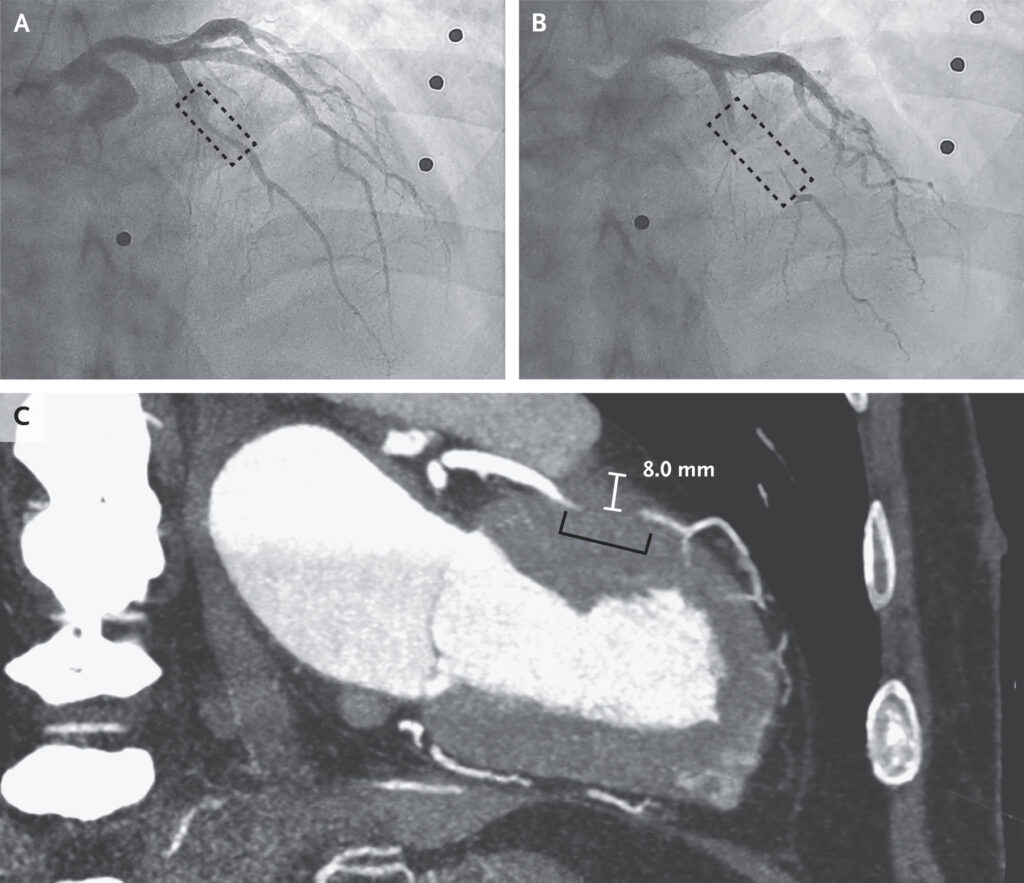Unveiling Myocardial Bridging: A Coronary Anomaly with Late-Onset Symptoms

A 66-year-old man with a history of cardiovascular comorbidities experienced a cardiac arrest precipitated by recurrent exertional angina, leading to a critical evaluation and subsequent treatment at a tertiary hospital. The diagnostic journey unveiled myocardial bridging—a congenital coronary anomaly—highlighting the condition’s potential to remain asymptomatic until compounded by additional cardiac complications. This case underscores the importance of recognizing myocardial bridging in the differential diagnosis of angina and cardiac arrest, especially in patients with a history of cardiovascular risk factors.
Key Points:
- The patient, with a background of hypertension, diabetes mellitus, and ischemic stroke, suffered a cardiac arrest following a period of recurrent exertional angina.
- Initial examination at a tertiary hospital, including a transthoracic echocardiogram, showed normal results, but coronary angiography revealed significant findings.
- Coronary angiography identified 50% stenosis in the middle left anterior descending (LAD) coronary artery during diastole, with complete occlusion during systole and sluggish distal flow.
- The diagnosis of myocardial bridging was established, characterized by an epicardial coronary artery taking an intramuscular course, which can lead to symptoms in the presence of left ventricular hypertrophy, coronary microvascular disease, or atherosclerotic intraluminal stenosis.
- Coronary computed tomographic angiography performed for surgical planning illustrated an 8-mm intramuscular course of the middle LAD coronary artery, facilitating surgical intervention.
- Treatment involved coronary-artery bypass surgery using a saphenous vein graft, after which the patient recovered well with no recurrence of symptoms.
- Myocardial bridging, while congenital, may not manifest symptoms until later in life, underscoring the importance of awareness and recognition of this condition in patients with cardiovascular risk factors.

The prevalence of myocardial bridges varies greatly based on the technique used to identify the anomaly. The prevalence in autopsy studies have been reported as high as 86%, with a mean of 25% similar to more recent evaluations using coronary computed tomography angiography (CCTA).
More in Interventional Cardiology
